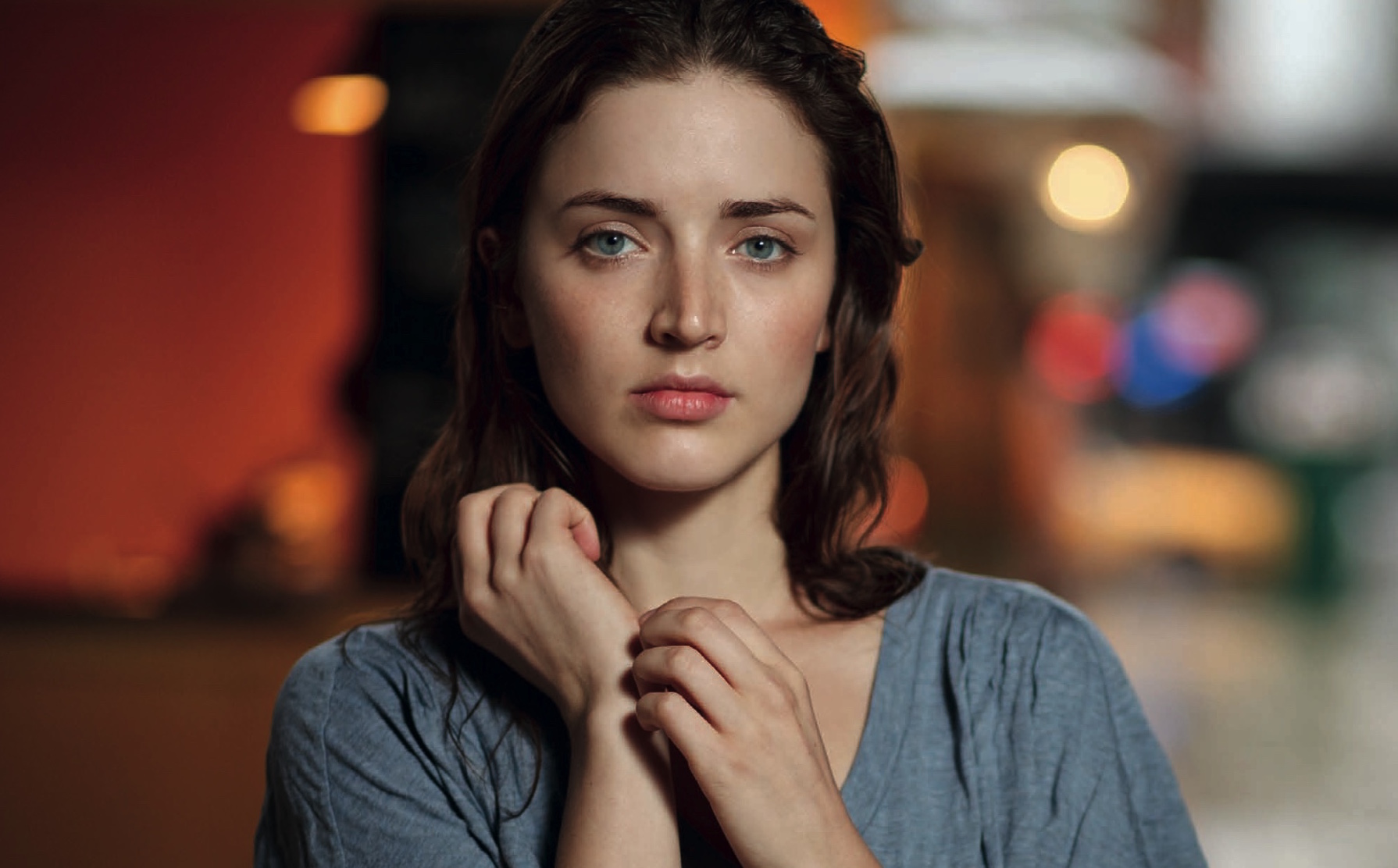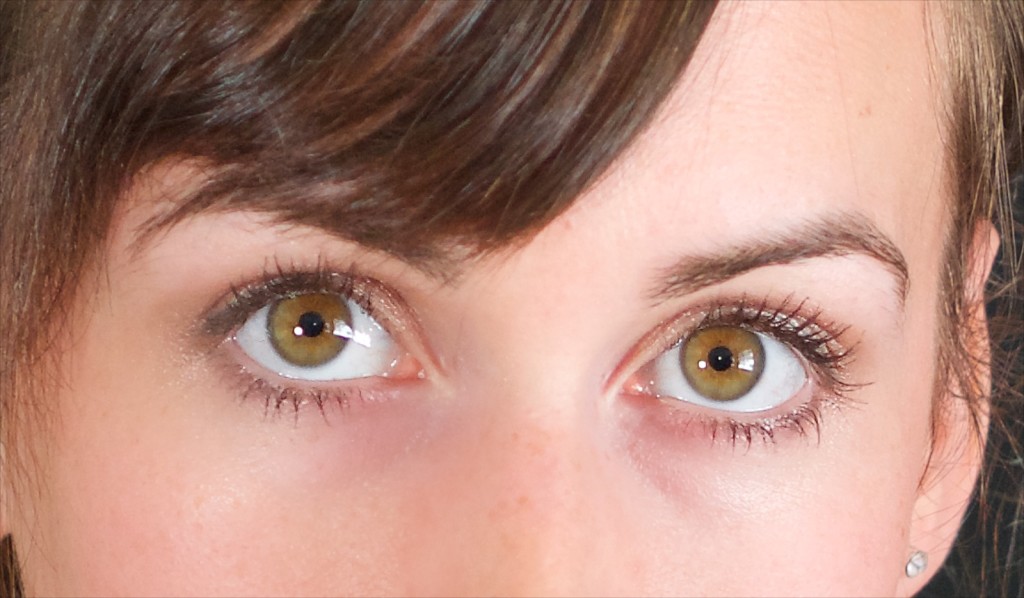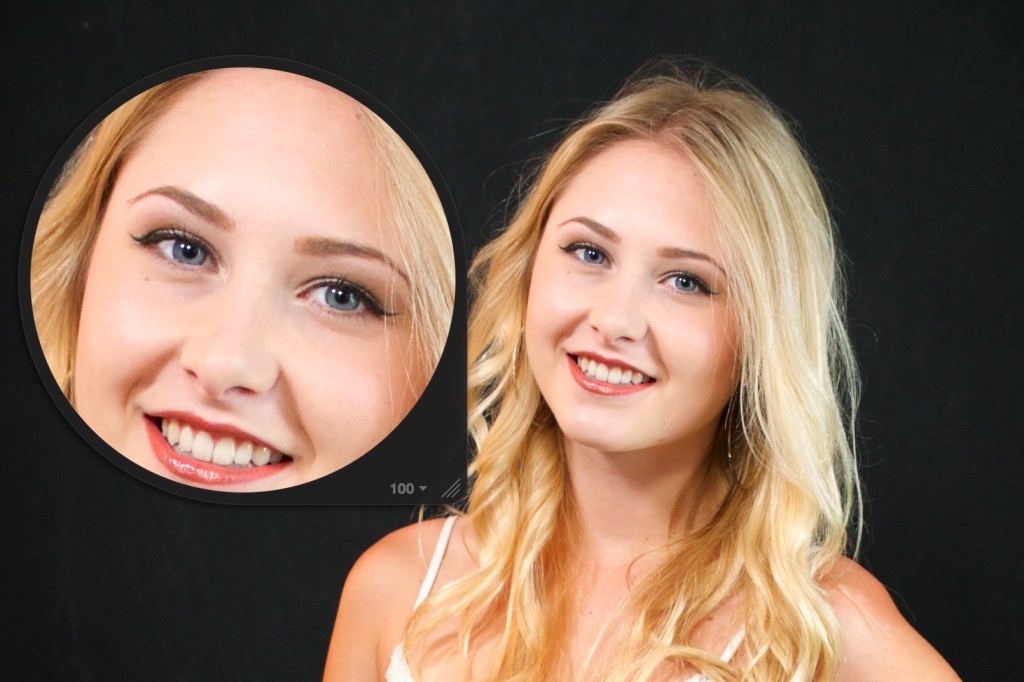Want to Know How Many Lights? September 15, 2015 – Posted in: Photography – Tags: flash, lighting, Photography
If you read this entire post, your life will be changed. How you view portraits will be corrupted. You’ll be one of those guys or gals who’ll feel the urge to explain exactly what lighting was used for any image, then will have to suppress that knowledge in order to preserve your friendships.
Trust me, this is stuff that only photographers care about.
I’m referring to lighting schemes. Having the ability to look at a portrait and determine how many lights were used to create it, and in many cases, the types of modifiers that were added.
How can you tell? The answer is in the eyes.
Take a look at the image above. Two light sources were used. The small dots are from a direct flash. No modifiers were used. You can tell that because of the shape of the light source. If for example, an umbrella was added, then you would actually see that shape reflected.
To the right of the dot is a window. So the photographer (me in this case) combined window lighting with fill flash to illuminate the portrait. If I were depending on flash only for the primary light, there would be the dot, but not the window.
If you examine the image at the top of the article, then you see an example of just one flash for illumination. (That image is by Tilo Gockel. More on that in a moment.) It’s positioned to her left, as indicated by the catchlights in her eyes and the shadows cast by her hands.
This is fun isn’t it? How about this image?
For this portrait, the photographer (yup, me again) positioned two lights on the model’s right. Now what you can’t tell from the photo are the types of lights. Were they speedlights, LEDs, something else? They were LEDs without additional diffusion. So you can tell a lot, but not everything, by these reflections. Oh, and notice a fill on her left side? It’s faint, but there’s something there.
This is how I entertain myself in waiting rooms. I pick up any glamor magazine and start analyzing the portraits. Until today, I’ve kept this activity to myself. But now you too have the curse. And you’ll never look at another portrait the same way.
I was inspired to write about this after reading One Flash by Tilo Gockel. It’s a wonderful guide that shows you how to create beautiful imagery with just a single speedlight. If you liked this blog post, I have a feeling you’ll love Tilo’s book.
Derrick Story is the photography evangelist for Rocky Nook Publishing.



